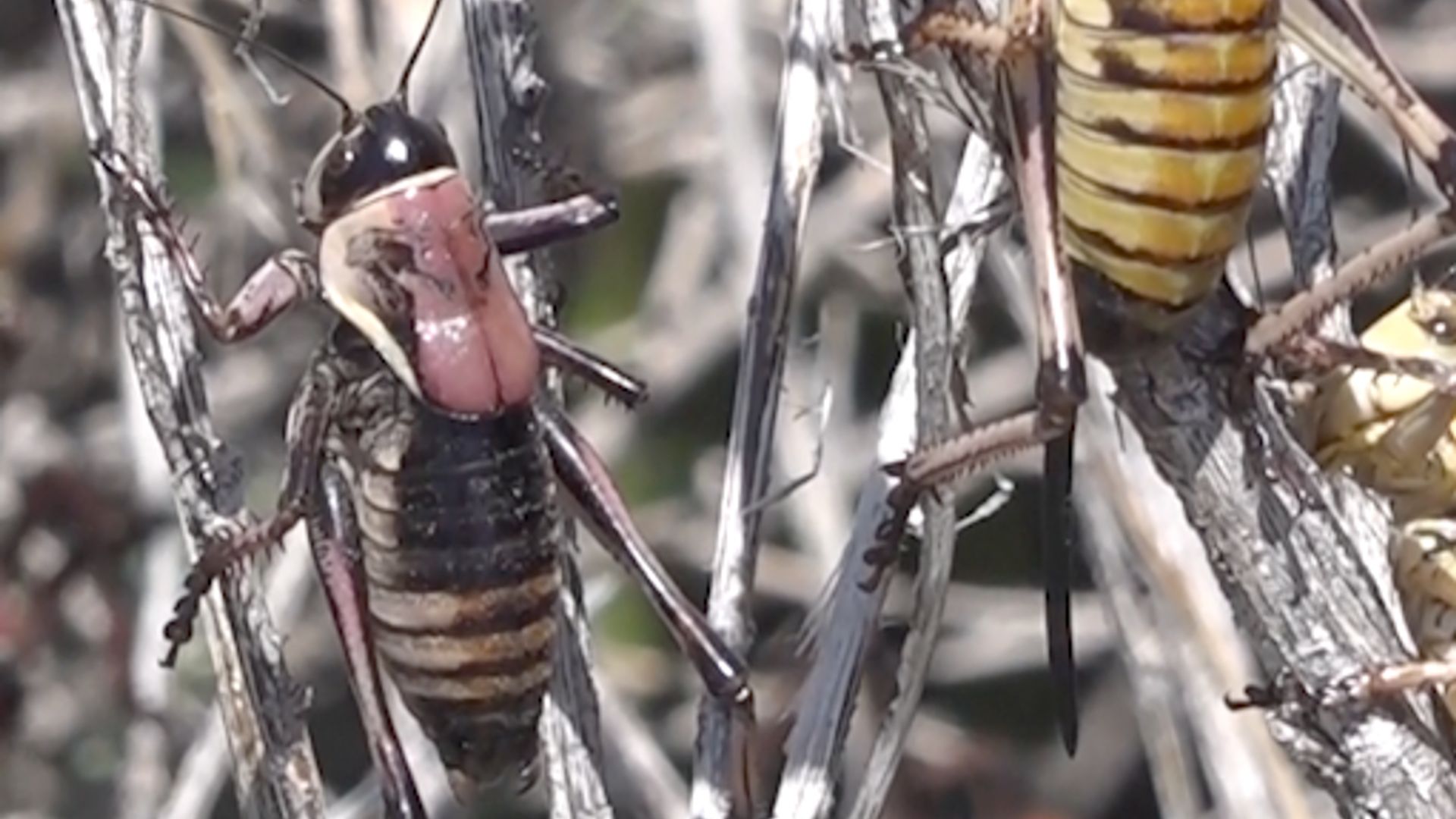Swarms of ground-dwelling Mormon crickets have descended upon various parts of Nevada and Idaho, posing challenges for local residents. Buildings, sidewalks, and roadways have been covered by these insects, prompting officials to mobilize cleanup crews to address the accumulation of cricket carcasses.
Additionally, authorities from Nevada’s Transportation Department have issued warnings to motorists, urging them to exercise caution and drive slowly in areas where vehicles have crushed the crickets. It has been observed that these crushed insects can create hazardous conditions on the road, leading to a series of accidents. As a response, the department has taken proactive measures such as plowing and sanding highways to mitigate the problem.
“They get run over, two or three come out and eat their buddy, and they get run over, and the roads can get covered with crickets and they can get slick,” Jeff Knight, an entomologist for the Nevada Agriculture Department, said. “The bigger issue is these afternoon thunderstorms and put a little water on that and it gets slick, we’ve had a number of accidents caused by crickets.”
Local residents have also taken matters into their own hands by utilizing various tools and equipment to combat the invading crickets. Leaf blowers, tractors, and even snowplows have been employed to alleviate the presence of these insects in the affected areas.
Experts have attributed the current influx of Mormon crickets to an unusually rainy winter, which has disrupted the insects’ hatching cycle. The delayed hatching has resulted in a higher number of bugs compared to previous years, and this surge in population is expected to persist at its peak for the next four to six years.
“The band of crickets in [Nevada] is probably a thousand acres, and we’ve had bands even bigger than that,” Knight said. “Once they [start hatching] they have the upper hand, so their populations increase for several years then drop off.”
While the insects do not bite people, they can and have devastated crops, emerging in great numbers to seriously hamper agricultural produce, according to the University of Nevada. Mormon crickets feed on more than 400 species of plants, creating problems for local farmers.





